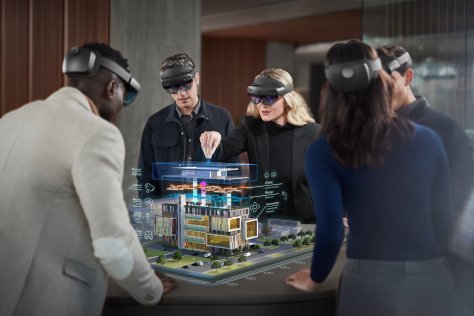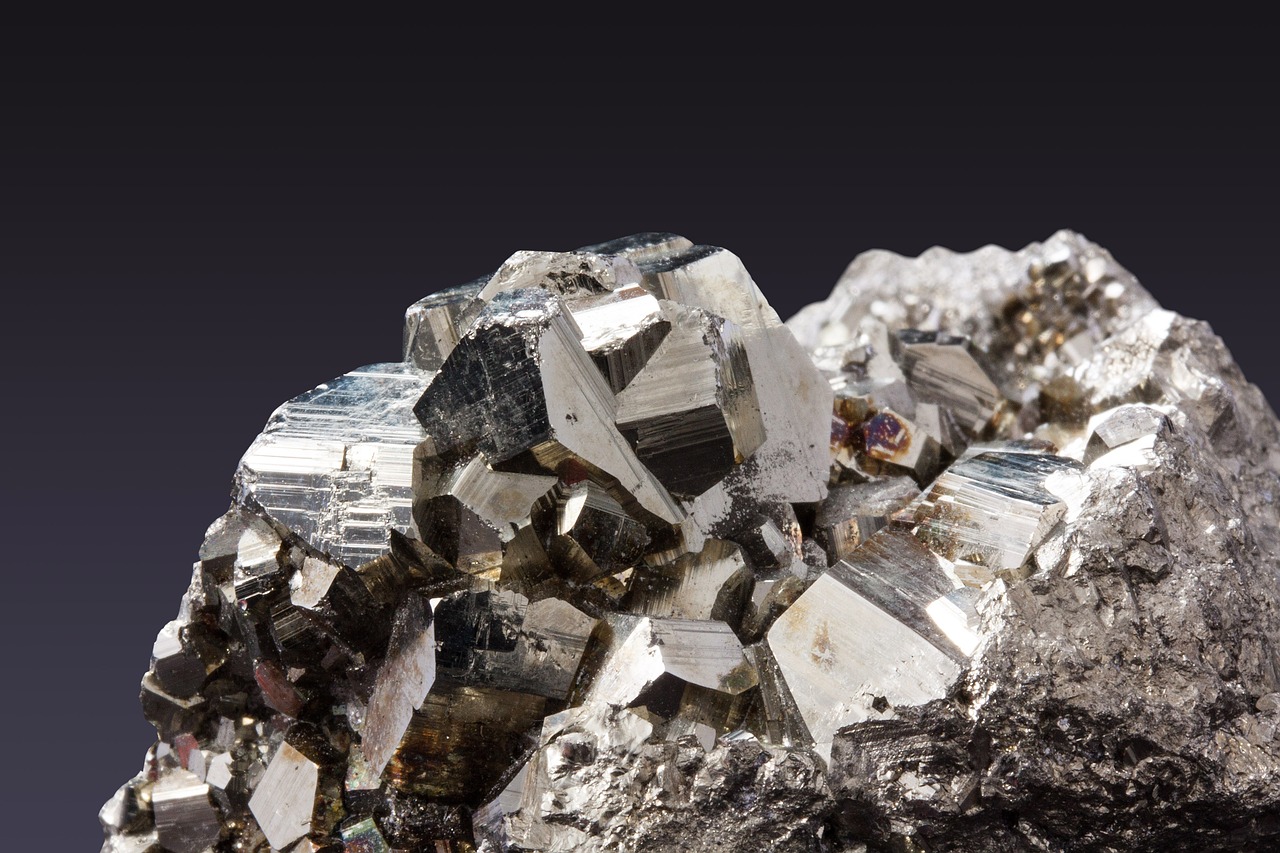Microsoft has recently revealed a new virtual reality platform for businesses called Mesh. The announcement was made at the Microsoft Ignite event held virtually on March 2nd, 2021.
The network is intended to be a vivid stage that permits individuals to partake in virtual gatherings and team up with one another in a really captivating and intuitive manner. The stage is based on Sky blue, Microsoft’s distributed computing administration, and is open through a scope of gadgets, including HoloLens, computer generated reality headsets and cell phones.
With Mesh, users can create avatars to represent themselves and meet with colleagues in a virtual space. The stage additionally incorporates highlights like spatial sound and haptic input, which cause the experience to feel more exact and reasonable. In addition, Mesh enables users to share and manipulate 3D models and holograms in real time, allowing for more dynamic and interactive presentations and brainstorming sessions.
Microsoft envisions Mesh being used for a wide range of applications, from virtual meetings and conferences to remote collaboration on design and engineering projects. The stage could likewise be utilized in fields like medical services and training, where augmented reality has proactively been displayed to have huge advantages.
One of the most remarkable highlights of the Cross section is its capacity to coordinate with other Microsoft items and administrations. For example, users can connect to Microsoft Teams directly from Mesh, allowing them to seamlessly transition between virtual and physical meetings. Mesh also supports integration with Microsoft Dynamics 365, allowing businesses to use the platform for things like virtual product demonstrations and customer service interactions.
Generally speaking, the Cross section addresses a thrilling new advancement in the realm of augmented reality and can possibly upset the way that organizations team up and impart. With its vivid highlights, consistent coordination with other Microsoft items, and extensive variety of likely applications, Lattice makes certain to be a distinct advantage in the realm of computer-generated reality.
Microsoft’s new virtual reality platform, Mesh, promises to revolutionize the way businesses collaborate and communicate by offering an immersive and interactive experience.
With highlights like spatial sound, haptic criticism, and ongoing 3D model sharing, Lattice can possibly change the manner in which we work and cooperate with each other in the virtual space. The seamless integration with other Microsoft products also makes Mesh a compelling choice for businesses looking to adopt virtual reality solutions.












